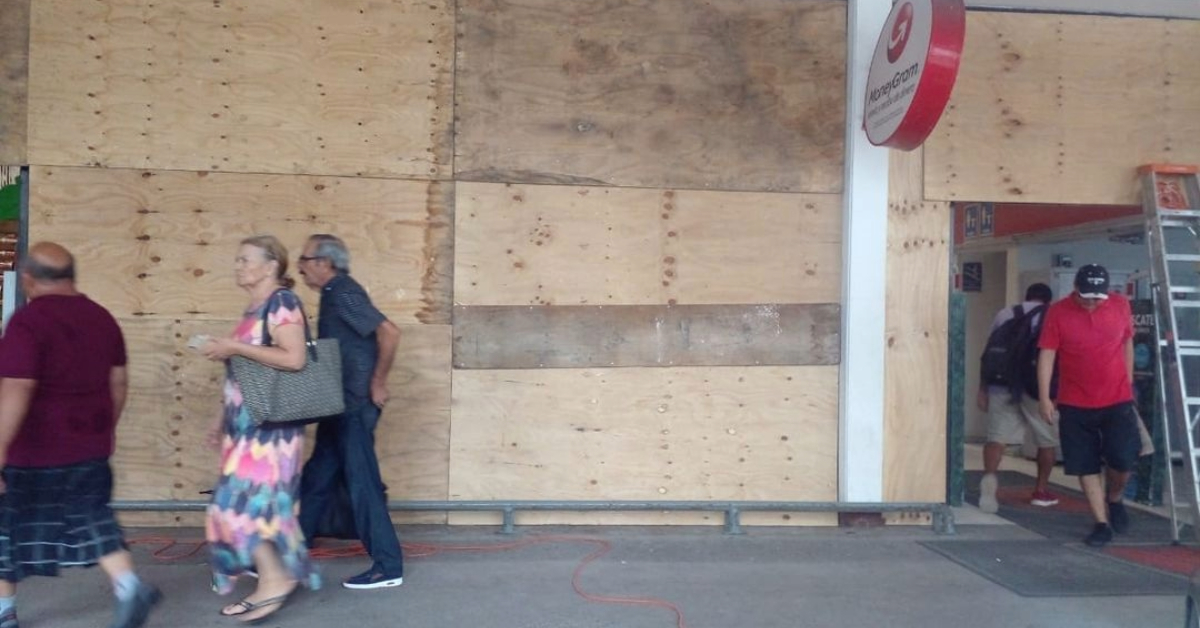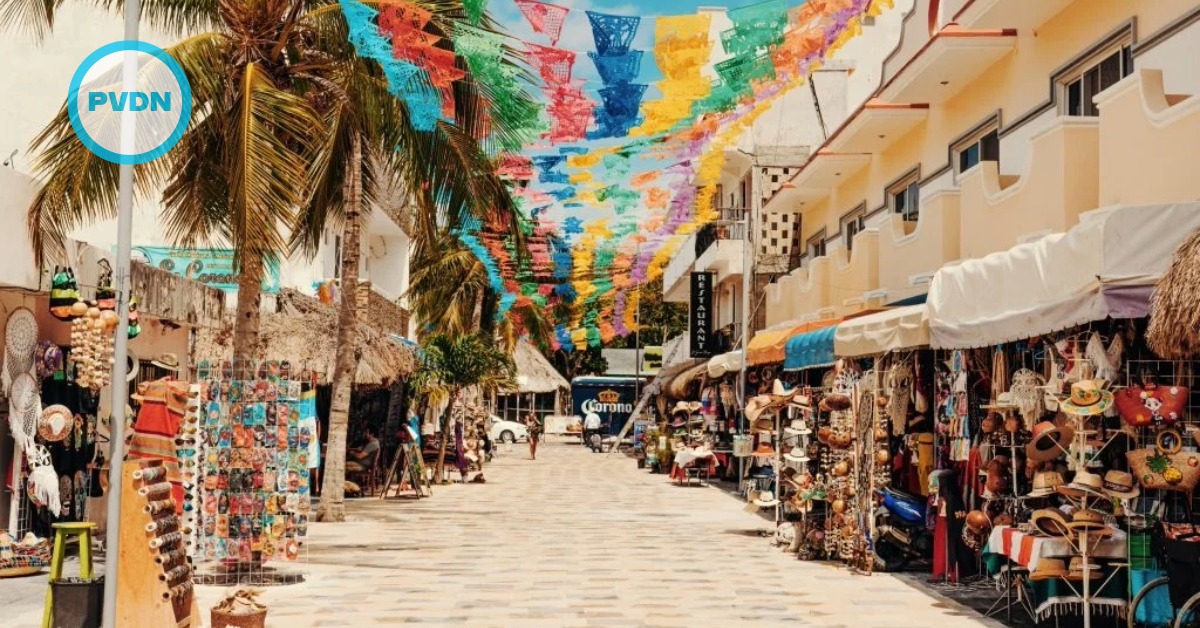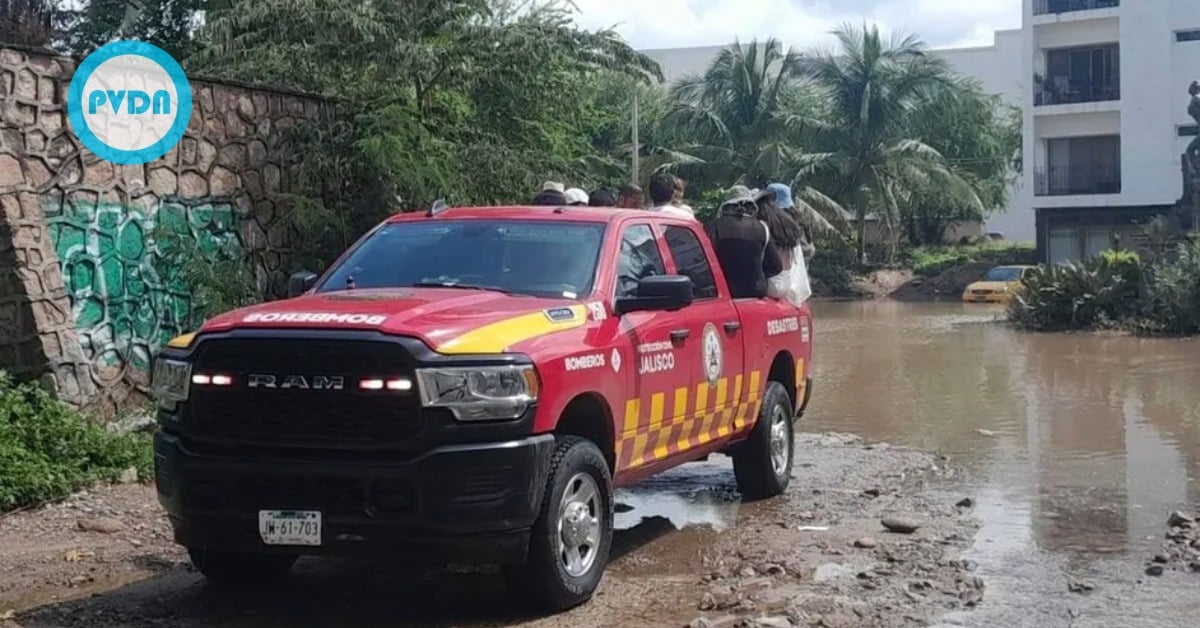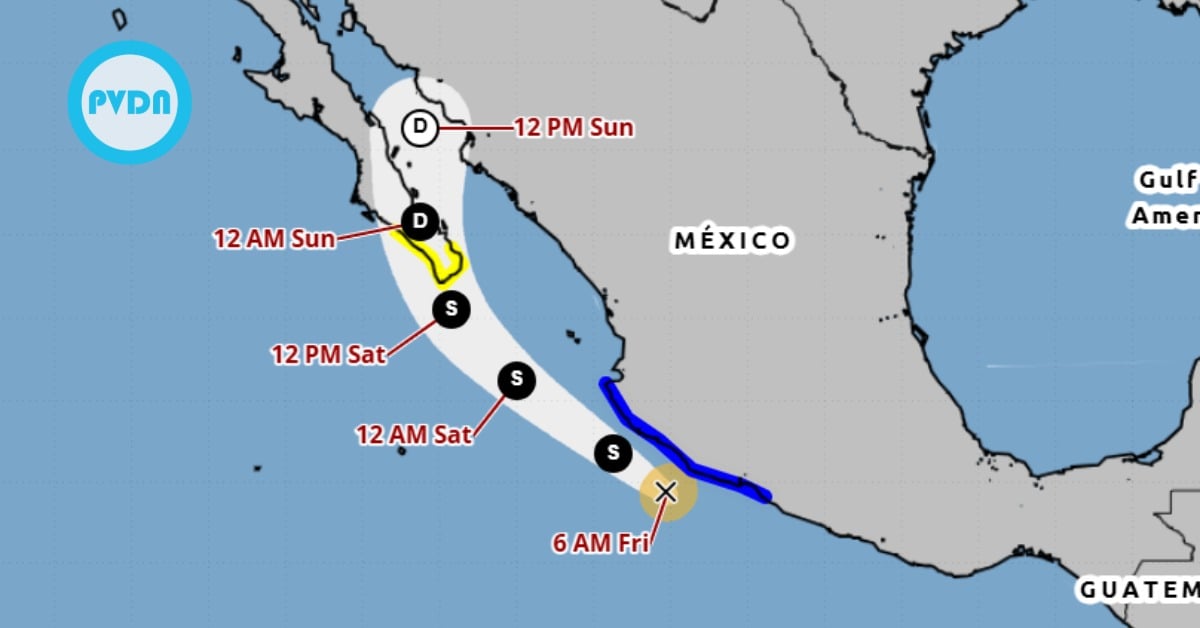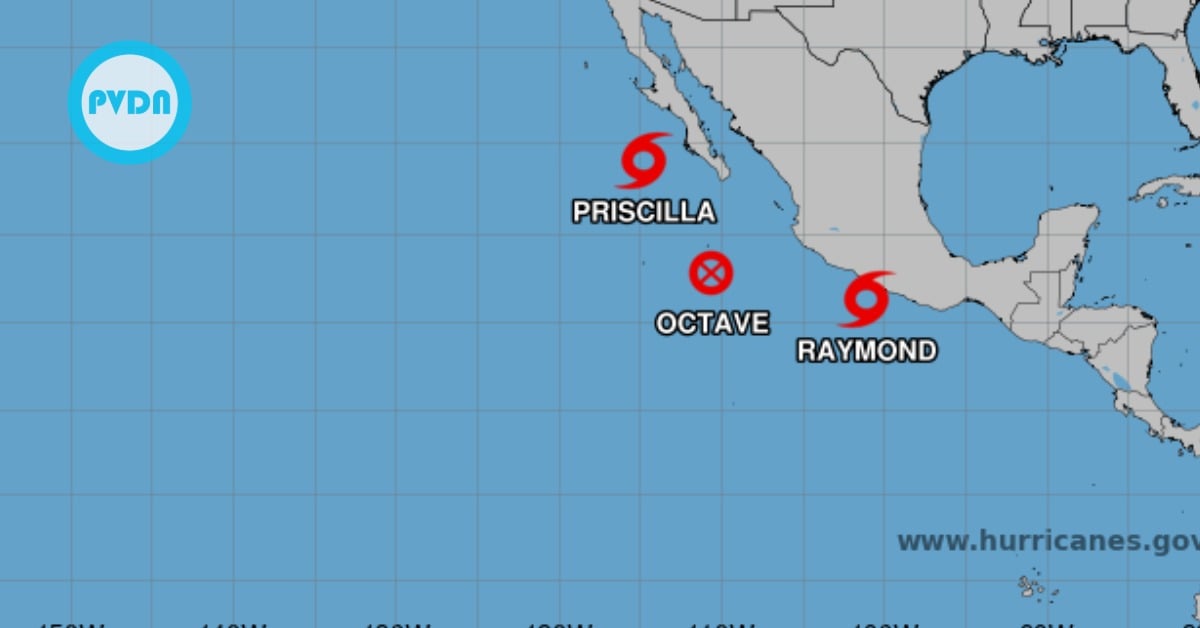PUERTO VALLARTA (PVDN) - Hurricane Lidia escalated to a major Category 3 storm on Tuesday, posing an imminent threat to Mexico's Pacific coast, including the popular tourist destination of Puerto Vallarta. The U.S. National Hurricane Center (NHC) has issued a series of warnings as the storm inches closer to making landfall, predicting heavy rains, dangerous winds, and potentially life-threatening flooding and mudslides.
Precautions Underway in Puerto Vallarta
Local businesses in Puerto Vallarta are heeding the warnings seriously. Shopkeepers have boarded up windows and are piling up sandbags to mitigate the risk of flooding. Educational institutions . . .


